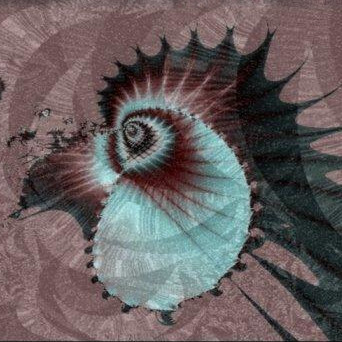This will be an annular eclipse, meaning the moon will be too distant from Earth to fully block out the sun. Instead, the moon will block out 90.7% of the sun’s disk from the perspective of those along the path of greatest eclipse, the yellow path on the above map. The remaining 9.3% of the sun’s disk will be visible around the moon in an annulus shape- a ring of non-zero thickness. Hence why it’s called an annular eclipse.
Outside of the path of greatest eclipse, the vast majority of both American continents will see at least a partial eclipse. You can use the orange paths to estimate maximum solar obscuration from your area. The time of maximum eclipse is at 1:59pm EDT.
Remember not to ever look directly at the sun without proper eye protection, not even during an eclipse! In the absence of proper protection, the best way to observe the eclipse is to watch the shadows left on the ground by leaves on a tree. You’ll see many small projections corresponding to the uncovered area of the sun. Along the path of greatest eclipse at the time of maximum obscuration, you’ll see rings. Otherwise, you’ll see crescents.

